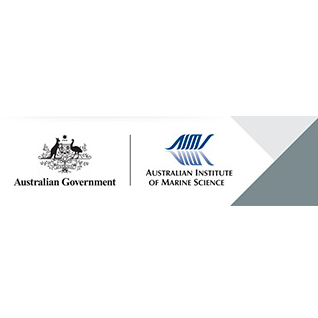Brief description
Sodium channel and saxiphilin radioreceptor assays were carried out to determine whether paralytic shellfish toxins were present in the gut contents, liver, blood, bile and urine of a male who died in 2000 after consuming a crab, Zosimus aeneus. A second uneaten specimen from the meal was also tested. HPLC analysis of toxin profiles was also carried out on the gut content and urine of the victim, and the uneaten crab specimen.A dose likely to have been consumed by the victim was calculated (between 1 and 2 µg STX equivalents/kg). To use sodium channel and saxiphilin receptor assays, and confirm the results by HPLC analysis, to identify paralytic shellfish toxins in gut contents, various body fluids and tissues obtained post-mortem from the victim. Proportions of individual paralytic shellfish toxin profiles (mol% of STX, dcSTX, GTX2, GTX3, NEO) to total toxin content of the samples are given where discernable by HPLC analysis.Lineage
Maintenance and Update Frequency: notPlannedNotes
CreditLlewellyn, Lyndon E, Dr (Principal Investigator)
Modified: 25 07 2024
text: westlimit=125.8903; southlimit=-8.4778; eastlimit=125.8903; northlimit=-8.4778
Post-mortem analysis of samples from a human victim of a fatal poisoning caused by the xanthid crab, Zosimus aeneus: Llewellyn LE, Dodd MJ, Robertson A, Ericson GB, De Koning C and Negri AP (2002) Post-mortem analysis of samples from a human victim of a fatal poisoning caused by the xanthid crab, Zosimus aeneus. Toxicon 40: 1463-1469.
local : articleId=6309
Background information on crab toxicity
uri :
http://www.aims.gov.au/pages/about/communications/backgrounders/20020905-killer-crabs.html![]()
- global : 05c195ad-e32f-4296-ad9d-d2702b6e5f03


